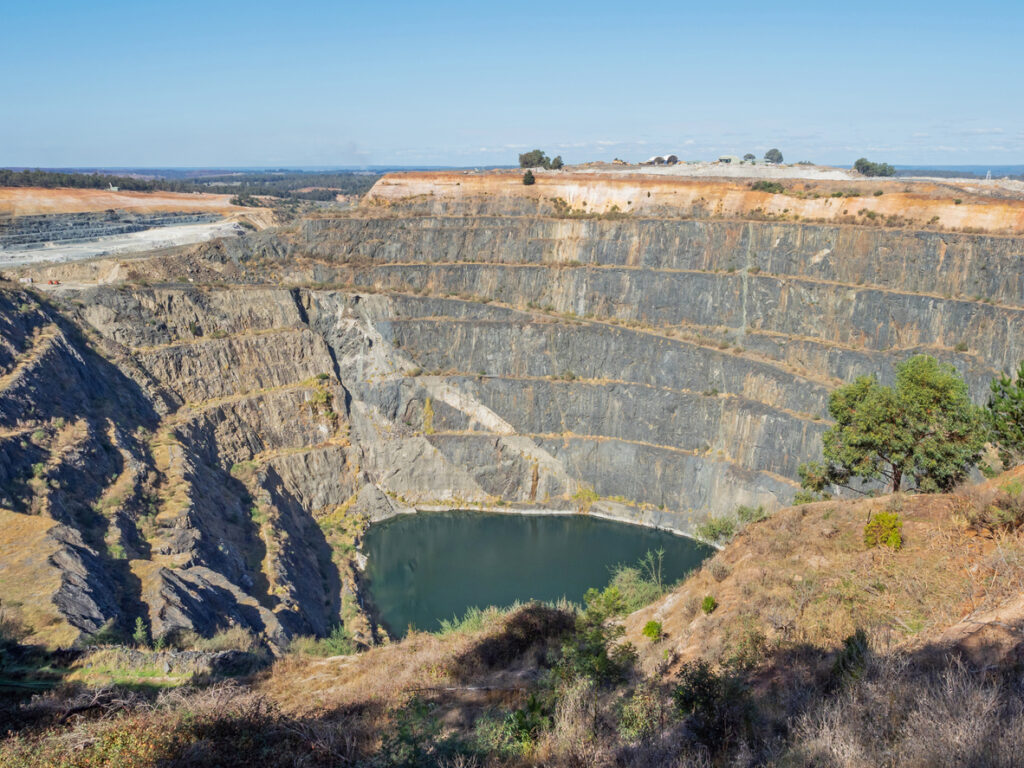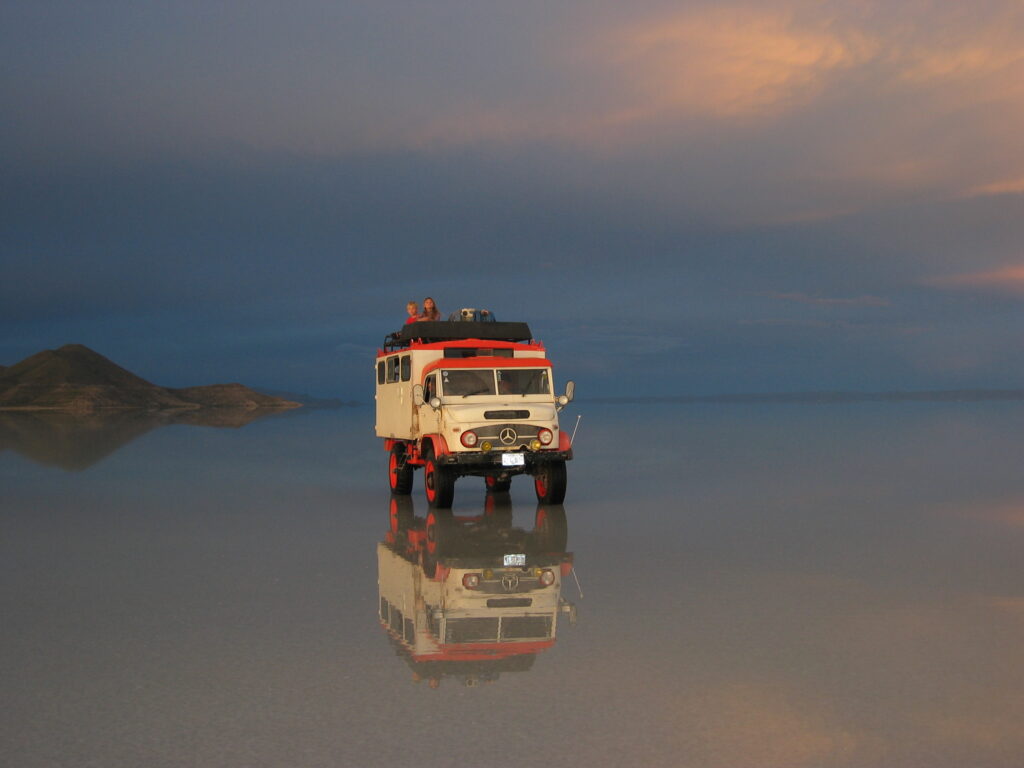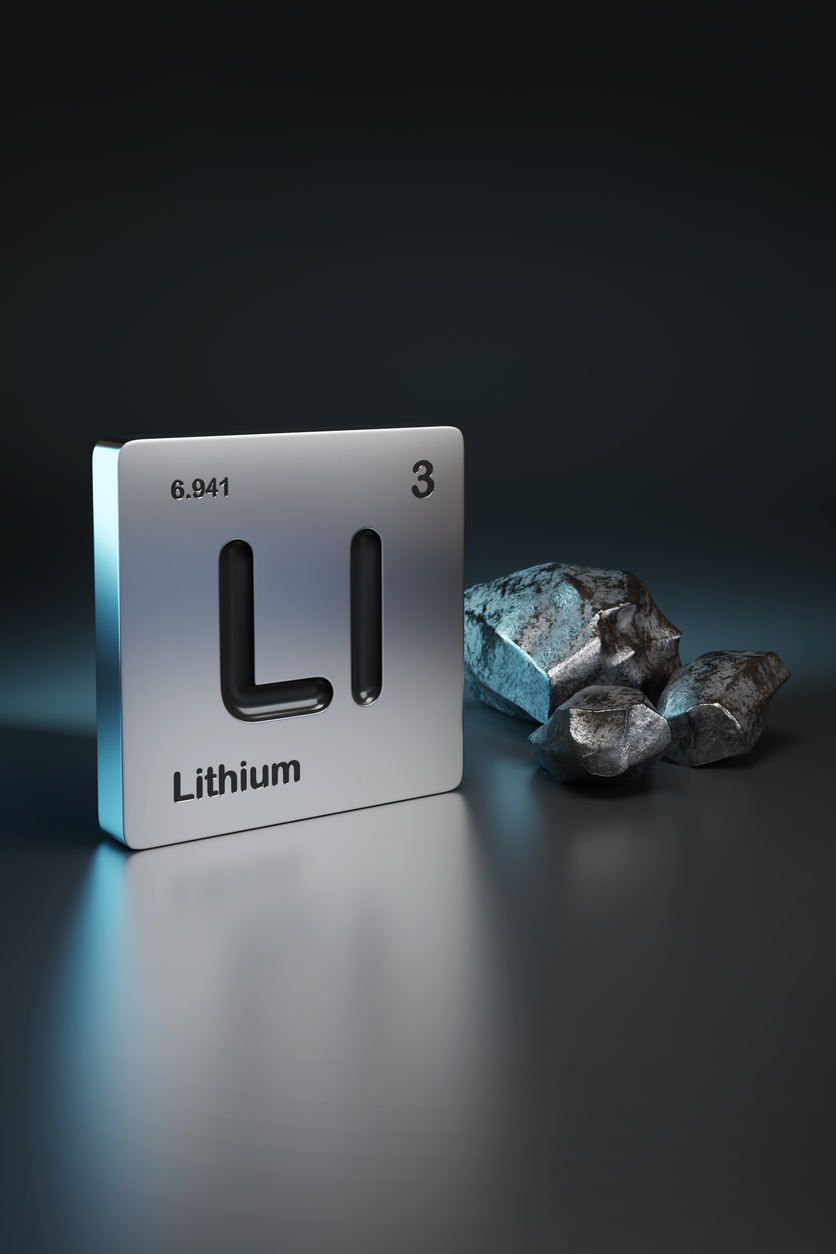TL;DR
Humanity may run out of lithium. But we will also run out of oil, and the sun will eventually run out of hydrogen. But don’t despair. There is about 1,000 years’ worth of supply at today’s current consumption.
Lithium is also durable – it is still lithium once a battery’s useful life is consumed, so it can be recycled.
Crude oil, unlike lithium, can’t be re-refined, repurposed, or recycled once consumed, refined, or otherwise burned—it’s just gone. And when the sun runs out of hydrogen, lithium mining versus lithium recycling will be the least of humanity’s worries.
The Nitty Gritty Details of Lithium and Its Sustainability
It is instructive to state that batteries exploit chemical properties to store energy. That’s all they do.
But why lithium? Lithium has an atomic number of 3, and its place on the periodic table defines it as the most positively charged element. It is metal, but it is also soft and can easily be cut with a knife. Lithium is lighter than water and thus would theoretically float, but in its elemental form, it reacts violently with water. Because it is so reactive, it does not exist in nature in its elemental form but is usually found bound to rocks or dissolved as a salt in water instead.
With an atomic number of 3, a simple interpretation of the Big Bang Theory that formed our universe is that lithium would be nature’s third most abundant element. But it is not. It is actually the 33rd most abundant element. Going sci-fi, that might mean that somewhere in our universe, there could be an unusual supply of lithium just waiting for us to mine it—but it’ll be a long time before humanity is that desperate for lithium.
Like any other element on the periodic table, there is indeed a limited amount of lithium on the planet, and they’re just not making any more of it*. Not unlike petroleum.
*ignoring the few esoteric processes that can synthesize lithium
According to the United States Geological Survey, global lithium deposits in the earth’s crust are estimated to be about 98 million metric tons. About 24% of those resources are in Bolivia’s Salar de Uyuni region, which is largely untapped due to political and economic instability in the region. Lithium salts are also found in seawater, and estimates put the total lithium availability in seawater higher than in terrestrial-based sources, but it is not currently economically viable to extract lithium from seawater.

Like other metals, lithium is contained in the earth’s crust and is mined in a similar fashion to, say, iron or copper. Pictured is the world’s largest open-pit lithium mine in Western Australia. Image credit: iStockPhoto.
The global production of lithium in 2021 was a mere 73,000 metric tons. With a 98 million ton supply, and considering that perhaps a quarter of that is currently inaccessible in Bolivia, we can calculate that we might “run out” of lithium in about 1,000 years at the current consumption rate. My Spidey-sense tells me that in the next 1,000 years, Bolivia’s reserves will be exploited and/or we’ll also find a way to cost-effectively extract lithium from seawater.

Unlike other metals, lithium is volatile in water. But under the right geologic conditions, high concentrations of lithium salts can be found in places like California’s Salton Sea and Bolivia’s Salar de Uyuni. The Salar, with 24% of the world’s lithium, is otherworldly in its beauty, and the pressure to exploit it is high. The Salar is also extremely remote and, from personal experience, not a good place to break down. Image credit (and shameless plug): John Higham.
But Will We Run Out of Lithium???!
There are a few other things to bear in mind. When a lithium-ion battery has been drained of energy, there is still the same number of kilograms of lithium in that battery as when it was brand new. As an element, lithium isn’t consumed.
It is quite literally hyperbole to say we will run out of lithium. There were X kilograms of lithium when this planet came into existence, and there will still be X kilograms when the sun runs out of hydrogen fuel (unless we start mining asteroids and other planets for it and bringing it back to Earth). Ergo, it is folly to say we will “run out of lithium.” On the other hand, finding sources of cheap and easily accessible lithium could someday be a problem.
As noted above, we have about 1,000 years of lithium available according to our current consumption and mining techniques, and perhaps another thousand years more if we figure out how to cheaply extract lithium from seawater. But what if we start using lithium much faster and “run out” of the cheap and easy stuff? What then?
Gazing into my crystal ball, loads of things are possible. First, lithium might be the most positively charged element in the periodic table, but what about hopping down a row to another positive element, such as sodium? Or could we just saunter over to the other side of the periodic table and make a battery out of negative elements like fluoride or chloride? Can we make a battery out of those? The answer is yes, yes, and yes. People are already working on those types of batteries, and each has its own promise and problems.
Another possible strategy to use lithium more efficiently would be to get more bang for our buck, so to speak. We are well below the theoretical limits of energy storage capability now. It’s possible that one kilogram of lithium could someday yield batteries with twice the energy of a battery made with that same amount of lithium today.
Then there is battery recycling. You may have heard this is impossible, but that’s not true. If we can get lithium out of crushing rocks, we can certainly get lithium out of a battery made of lithium. It’s just that in 2023, recycling is tedious and can be more expensive than mining. That might be hard to comprehend, but when you think about all the different types of batteries that need to be recycled, it is difficult to make a one-size-fits-all machine for every shape, size, and composition. However, lithium battery recycling is growing to be a huge industry and certainly worth its own column.
And let’s not forget that ride-sharing, self-driving cars, and teleportation may eventually negate the need for owning a vehicle for anyone except nostalgic enthusiasts. Bottom line, we’re good with the lithium supply for the foreseeable future. We shouldn’t run out of lithium any time soon.
Next week’s topic will be My friend said EVs are more expensive to operate than gas cars.








0 Comments